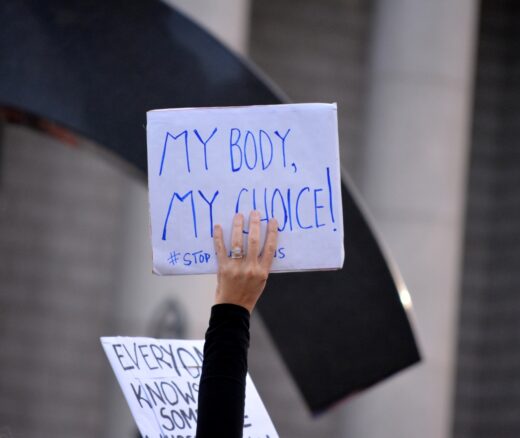Less Postacute Care for Medicare Advantage Beneficiaries Does Not Mean Worse Health
Research Brief: Shorter Stays in Skilled Nursing Facilities and Less Home Health Didn’t Lead to Worse Outcomes, Pointing to Opportunities for Traditional Medicare
Blog Post
You might think children with health insurance can access the care they need, but that is not always the case. Even with private insurance, or coverage through Medicaid or the Children’s Health Insurance Program (CHIP), more than one-third of U.S. children were underinsured in 2019.
Underinsured children have insurance coverage but their families experience prohibitive out-of-pocket costs, limited access to providers or clinics, enrollment challenges, and even disenrollment. All of these challenges create barriers to health care.
Researchers, including LDI Senior Fellow Meredith Matone and colleagues at the Children’s Hospital of Philadelphia PolicyLab, have been examining trends in health insurance among children since 2016. In a recent JAMA Network Open study, the team focused on underinsurance among children with special health care needs. They used the National Survey of Children’s Health (NSCH) data spanning 2016-2021 and found that 32% of families of children with special health care needs were underinsured.
Children with special health care needs live with a variety of health conditions prompting researchers to explore if there were any differences in underinsurance among them.
They found that those with the most complex needs–including physical or mental conditions and functional limitations–had the highest rates of underinsurance (41%). Children with ongoing medication needs and no other challenges had a rate of underinsurance similar to the larger sample at 32%. Children with physical health conditions (37%) and those with mental health conditions (38%) had similar rates of underinsurance and these rates were higher than what was found in the whole group.
The researchers also examined the associations between income and underinsurance among families of children with special health care needs. They found the highest proportion of underinsurance among children from middle-income families (i.e., with annual incomes 200%-399% of the Federal Poverty Level), compared to those from lower- and higher-income households.
The findings highlight how middle-income families experience a gap in access to state Medicaid and CHIP programs. They earn too much to qualify for public insurance and cannot access Medicaid through a disability pathway. So they have to bear the costs of accessing necessary care for their child.
In 2016, almost all U.S. children had health insurance. Since then, the trend has reversed with families who met income requirements switching to Medicaid and CHIP, while the rest faced ever-increasing premiums and deductibles.
With the end of continuous Medicaid enrollment, many children have lost coverage and must re-enroll in the program, which suggests that more families will be left underinsured or without coverage.
There are several policy remedies that could close insurance coverage gaps among all children while also supporting families of children with special health care needs. For example, permanent funding for CHIP would reduce turmoil among states and potentially increase innovation. Others have suggested combining Medicaid and CHIP, improving medication coverage for children, and a program that covers all mental and behavioral health diagnoses.
Insurance options that are affordable and comprehensive could combat underinsurance and adequately address the health care needs of all children.
The study, “Underinsurance Among Children With Special Health Care Needs in the United States,” was published on December 26, 2023 in JAMA Network Open. Authors include Asiya Validova, Douglas Strane, Meredith Matone, Xi Wang, Rebecka Rosenquist, Xianqun Luan, and David Rubin.

Research Brief: Shorter Stays in Skilled Nursing Facilities and Less Home Health Didn’t Lead to Worse Outcomes, Pointing to Opportunities for Traditional Medicare

How Threatened Reproductive Rights Pushed More Pennsylvanians Toward Sterilization

Abortion Restrictions Can Backfire, Pushing Families to End Pregnancies

They Reduce Coverage, Not Costs, History Shows. Smarter Incentives Would Encourage the Private Sector
Research Brief: Less Than 1% of Clinical Practices Provide 80% of Outpatient Services for Dually Eligible Individuals

New Findings Highlight the Value of 12-Month Eligibility in Reducing Care Gaps and Paperwork Burdens